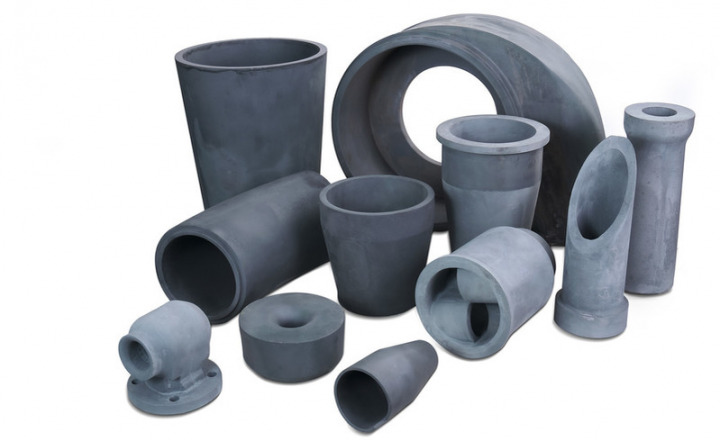Project Report For Ceramic Wear
Introduction
Project report for ceramic wear is as follows.
Ceramic wear is a type of material that is made from a combination of inorganic, non-metallic minerals such as clay, silica, and alumina. It is a hard, brittle material that is resistant to wear, corrosion, and high temperatures. In India, ceramic wear has a long history dating back to ancient times, when it was used in the construction of temples, palaces, and other architectural structures.
In modern times, ceramic wear is used in a wide range of applications in India, including the automotive, aerospace, and construction industries. It is often used as a lining material to protect machinery and equipment from wear and corrosion. It is also used in the production of ceramic tiles, pottery, and other products that require a hard, durable material.
One of the main advantages of ceramic wear is its high wear resistance, which makes it an ideal choice for use in abrasive environments. It is also resistant to high temperatures, making it suitable for use in high-temperature environments such as furnace linings and heat exchangers.

Ceramic wear is produced through a process known as ceramic forming, which involves shaping and firing a mixture of raw materials at high temperatures. The raw materials are mixed together to form a slurry, which is then shaped into the desired form using a variety of techniques such as casting, pressing, and extrusion. The shaped material is then fired in a kiln at high temperatures to harden it and give it its characteristic properties.
There are several factors that can affect the properties of ceramic wear, including the composition of the raw materials, the firing temperature, and the firing atmosphere. Careful control of these factors is essential in order to produce high-quality ceramic wear with the desired properties.
Get Completely Custom Bankable Project Report
In India, the production of ceramic wear is an important industry, with a number of manufacturers producing a wide range of products for different applications. Many of these companies use advanced manufacturing techniques and equipment to produce high-quality ceramic wear products.
Overall, ceramic wear is a versatile and durable material that is widely used in a variety of applications in India and around the world. Its high wear resistance, high-temperature tolerance, and other important properties make it an ideal choice for use in a range of industries and applications where durability and performance are critical.
Market Potential Of Ceramic Wear
According to a report by Research, the ceramic tiles market in India is expected to reach a market size of INR 744.44 billion by 2025, growing at a CAGR of around 7% during the forecast period. This growth is driven by increasing urbanization and rising construction activities, as well as the growing demand for aesthetically appealing and durable ceramic tiles.
Expenses

Product Cost Breakup

Reveneue Vs Expenses

Market Trend

The sanitary ware market in India is also experiencing significant growth, with a CAGR of around 12% during the forecast period. This growth is driven by the increasing demand for hygienic and stylish bathroom products, as well as the growing awareness of water conservation and the use of water-efficient products.
The tableware market in India is also experiencing steady growth, with a CAGR of around 6% during the forecast period. This growth is driven by the increasing disposable incomes of consumers and the growing trend of eating out and hosting events at home.
The ceramic wear market in India has significant potential for growth in the coming years, driven by increasing construction activities, rising disposable incomes, and the growing trend of home improvement and interior design. With a strong domestic industry and a large export market, the ceramic wear market in India is well-positioned to capitalize on this growth and continue to expand in the future.

